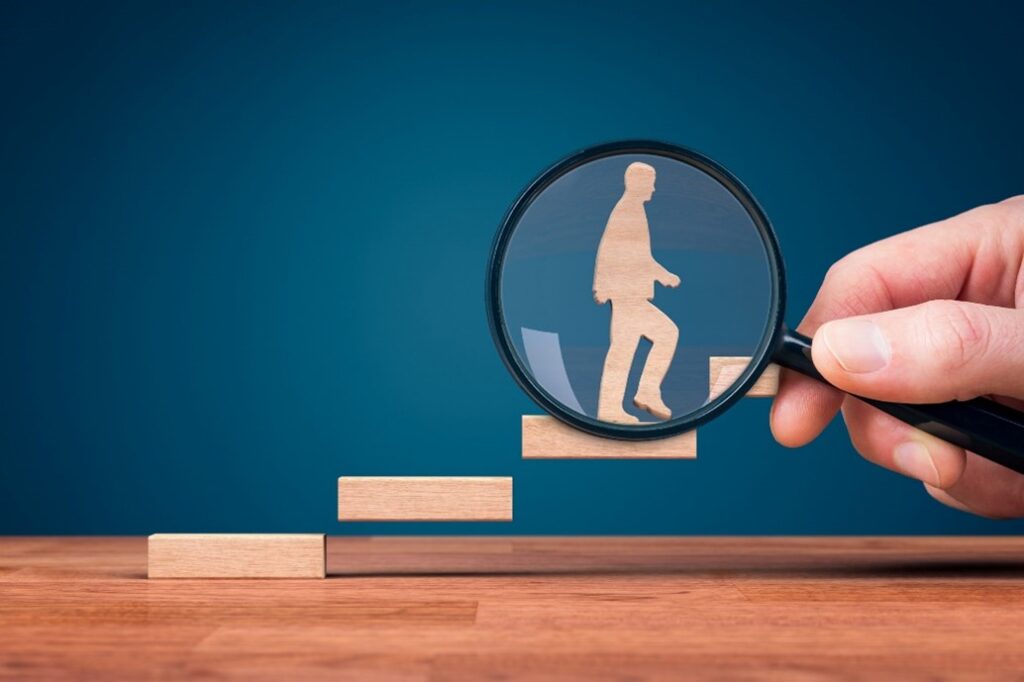
There’s absolutely nothing wrong with recognizing your own faults. It’s even better when that’s followed up by a commitment to work on them.
Personal development has long been seen as a way to not just bring about better self-awareness but the ability to tap into individual potential. Toxic patterns of behavior are always limiting, both personally and professionally.
Danny Swersky explains that with personal development, individuals learn not only about what needs to be changed but it offers tried-and-true techniques to make the change a reality.
Understanding the Process
Personal development is a process; there’s no one perfect way to work on oneself. But there are many methods that have been shown to be effective ways to reach set goals and showcase the power of individual growth to provide long-term, transformative results.
Identify What’s Standing in the Way
Self-reflection is an essential first step.
Think about what actually needs to change. It could be a bad relationship, a mental health issue such as anxiety, fear, or self-loathing, or a job that is emotionally or physically draining. From here, think about what may help — reconnecting with family, having more free time, seeking counseling or working on advancing an education or career.
During this process, it will become easier to recognize bad habits as new behaviors begin, such as saving money or going back to school.
Practice Positive Visualization
A large barrier to personal improvement is a pattern of not just toxic behavior but toxic thinking. It’s hard to see obstacles when they are created by one’s own negative thoughts.
A fundamental aspect of working on oneself is avoiding negativity, whether that comes in the form of inner thoughts or reflections or is tied to goals that may exist but are seen as unreachable.
Positivity takes practice. It’s challenging at first but take close stock of thoughts and make a note when they are negative or destructive. It often helps to visualize goals more positively as well.
A goal is always more achievable if a person believes it is realistic and reminds themself of the steps to achieve it. In both of these techniques, meditation and other relaxation approaches may help with refocusing the mind.
It’s all generally part of the mental growth that’s needed to achieve any personal development goals.

Take Small Steps
Individual growth takes time and having too many large goals over a short period of time will lead to failure. Instead, try identifying small steps to take that will make it easier to achieve an objective.
More modest, achievable aspirations have been shown to be a big motivator to move on to the next steps with confidence. No one becomes a better problem solver or more effective communicator overnight.
Leave the Comfort Zone
Many people are held back because there’s a reliance on what is familiar. But what’s familiar and seemingly comfortable could be exactly what is holding someone back.
To meet new personal goals, stepping out of a perceived comfort zone can go a long way in discovering what makes an individual happy and ultimately, a more fulfilled person.
Sometimes, a person needs to step outside of themselves, their routines, and their usual thoughts, to really get to the heart of what one needs and wants in life.



